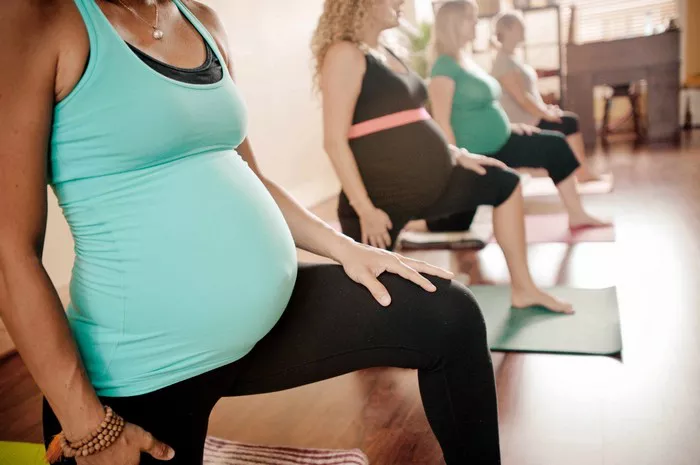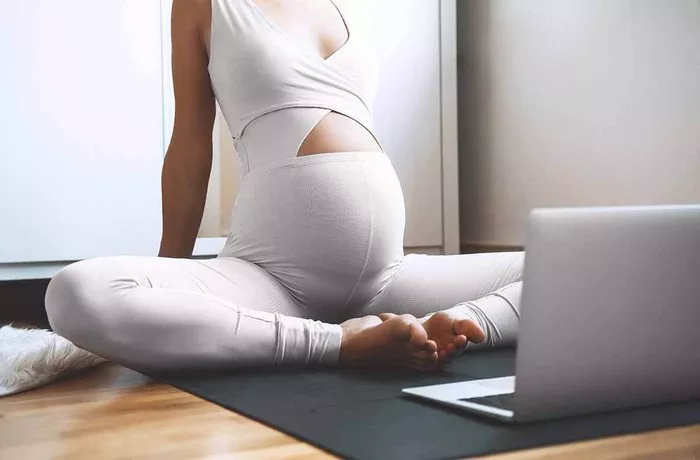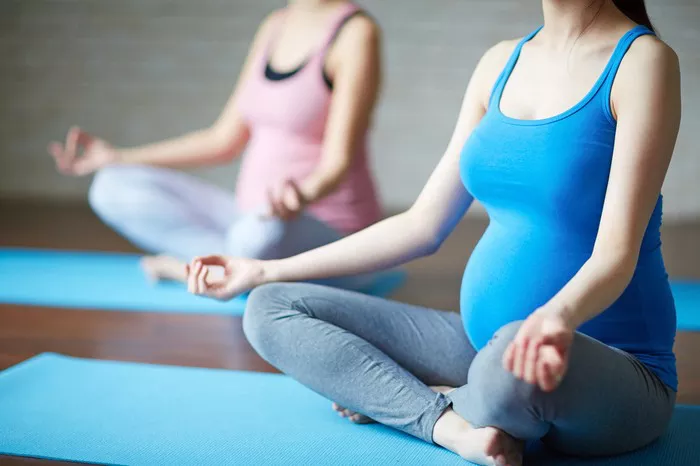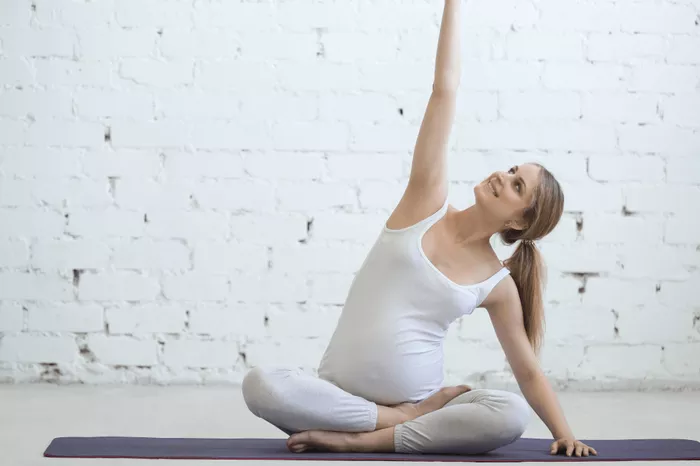Constipation is a common digestive issue that affects millions of people worldwide. It can cause discomfort, bloating, and infrequent bowel movements. While lifestyle changes and dietary adjustments play a significant role in managing constipation, yoga has proven to be a natural, effective, and side-effect-free remedy. Certain yoga poses stimulate the digestive system, enhance blood flow, and encourage the movement of stools through the intestines. This article outlines the eight best yoga exercises for relieving constipation and offers guidance on how to practice them correctly.
Understanding Constipation and Its Causes
Before diving into yoga exercises, it is essential to understand what constipation is and what causes it. Constipation typically refers to having fewer than three bowel movements per week or difficulty passing stool. Common causes include a lack of fiber in the diet, dehydration, physical inactivity, stress, and certain medications. Chronic constipation can significantly affect quality of life, and finding a natural solution is vital.
The Role of Yoga in Digestive Health
Yoga is more than a form of physical exercise; it is a holistic practice that balances the body, mind, and spirit. When it comes to digestive health, yoga helps by reducing stress levels, massaging internal organs, and enhancing overall circulation. Certain poses target abdominal muscles and digestive organs directly, aiding in the peristalsis process and promoting regular bowel movements.
Practicing yoga regularly can:
- Strengthen the abdominal and pelvic muscles.
- Improve posture and core stability.
- Stimulate the digestive tract.
- Encourage deep breathing, which reduces stress.
With these benefits in mind, let’s explore the most effective yoga poses for constipation relief.
1. Pawanmuktasana (Wind-Relieving Pose)
Pawanmuktasana is one of the most recommended poses for alleviating constipation. As the name suggests, this pose helps release trapped gas and eases bloating. It involves pulling the knees towards the chest while lying on your back, which compresses the abdomen and stimulates the intestines.
To perform Pawanmuktasana:
- Lie flat on your back with legs extended.
- Inhale and bring your right knee to your chest.
- Clasp your hands around the shin and gently press the thigh to the abdomen.
- Lift your head and touch your chin to the knee.
- Hold the pose for 20 to 30 seconds while breathing normally.
- Release and repeat with the left leg, then with both legs together.
Perform this pose daily for best results.
2. Ardha Matsyendrasana (Half Lord of the Fishes Pose)
This seated spinal twist is beneficial for massaging the abdominal organs and improving digestion. It enhances spinal flexibility while stimulating the liver and kidneys, which play roles in detoxification and digestion.
Steps to do Ardha Matsyendrasana:
- Sit with your legs extended forward.
- Bend your right knee and place your foot outside the left thigh.
- Fold the left leg under the right buttock.
- Place your right hand behind you and your left elbow outside your right knee.
- Inhale and lengthen the spine, exhale and twist towards the right.
- Hold the pose for 30 seconds, then switch sides.
This pose should be practiced on an empty stomach for maximum effectiveness.
3. Balasana (Child’s Pose)
Balasana is a resting pose that helps calm the nervous system and gently compress the abdominal organs, which encourages bowel movement. It is excellent for reducing stress and relieving tension in the lower back.
How to perform Balasana:
- Kneel on the floor, sit back on your heels.
- Lower your torso forward so your forehead touches the mat.
- Extend your arms forward or let them rest alongside your body.
- Breathe deeply and hold for 1 to 2 minutes.
Balasana can be used as a relaxing counterpose between more intense yoga postures.
4. Supta Matsyendrasana (Supine Spinal Twist)
This gentle reclining twist helps in stimulating the digestive tract and eliminating toxins. It also stretches the spine and massages the abdominal area, which can help with constipation.
To do Supta Matsyendrasana:
- Lie on your back with arms stretched out in a T-position.
- Bend your knees and bring them towards your chest.
- Drop both knees to the right while turning your head to the left.
- Keep both shoulders grounded and breathe deeply.
- Hold for 30 seconds to 1 minute, then switch sides.
This pose is particularly helpful when practiced before bed.
5. Malasana (Garland Pose)
Malasana is a deep squat that naturally aligns the body for defecation. This pose is excellent for opening the hips, stretching the lower back, and enhancing digestion by placing gentle pressure on the abdominal organs.
To practice Malasana:
- Stand with feet slightly wider than hip-width apart.
- Bend your knees and lower your hips into a squat.
- Bring your palms together in front of your chest.
- Use your elbows to push your knees outward.
- Keep the spine straight and hold the pose for 30 seconds to 1 minute.
Malasana can also be modified with support under the heels if flexibility is limited.
6. Setu Bandhasana (Bridge Pose)
Bridge Pose not only strengthens the lower back and glutes but also stimulates the abdominal organs and thyroid gland. This helps in improving digestion and relieving constipation.
Steps to perform Setu Bandhasana:
- Lie on your back with knees bent and feet flat on the floor.
- Keep feet hip-width apart and arms by your side.
- Inhale and lift your hips towards the ceiling.
- Clasp your hands under your back and press down for support.
- Hold for 30 seconds and then slowly release.
This pose should be avoided by those with severe neck or back issues.
7. Paschimottanasana (Seated Forward Bend)
Paschimottanasana stretches the entire back and compresses the abdomen, which stimulates the digestive organs. It also calms the mind, reducing stress-induced constipation.
How to do Paschimottanasana:
- Sit with your legs extended straight in front.
- Inhale and raise your arms overhead.
- Exhale and bend forward from the hips, reaching for your feet.
- Try to touch your head to your knees while keeping the spine long.
- Hold the pose for 30 seconds to 1 minute.
This pose works best when practiced on an empty stomach in the morning.
8. Baddha Konasana (Butterfly Pose)
Baddha Konasana opens the hips and stimulates the pelvic region, which can help ease constipation. It also improves flexibility and blood circulation in the digestive organs.
To perform Baddha Konasana:
- Sit on the floor with legs extended.
- Bring the soles of your feet together and let the knees fall outward.
- Hold your feet with your hands and keep the spine erect.
- Gently flap the knees up and down for a minute or hold the position still.
This pose is gentle yet effective for beginners and advanced practitioners alike.
Additional Tips for Better Results
In addition to practicing yoga, there are several supportive measures you can adopt to manage constipation effectively:
- Stay Hydrated: Drink at least 8-10 glasses of water daily to soften stools.
- Eat Fiber-Rich Foods: Include whole grains, fruits, and vegetables in your diet.
- Establish a Routine: Go to the bathroom at the same time every day.
- Stay Active: Incorporate regular walking or light aerobic exercise.
- Reduce Stress: Use breathing exercises or meditation to calm the mind.
Conclusion
Constipation can be a distressing condition, but yoga offers a natural and holistic way to address it. The eight poses discussed in this article not only stimulate the digestive system but also promote overall well-being. Incorporating these exercises into your daily routine, along with healthy lifestyle choices, can lead to significant improvement in bowel regularity. Always consult with a healthcare provider before beginning any new exercise regimen, especially if you have underlying medical conditions. With patience and consistency, yoga can be a powerful ally in achieving digestive health and comfort.
Related Topics:





















